Save money on petrol with these top tips for fuel-efficient driving and vehicle ownership. There are easy things you can do to spend less on fuel.
Does your SUV, ute or car match its fuel consumption claim?

How accurate are carmakers' fuel efficiency claims for their SUVs, utes, sedans, and hatches? Australia's Real-World Testing Program reveals that popular vehicles consume more fuel than advertised. Explore the results and see how various makes and models stack up.
New vehicle testing by the nation’s peak motoring body has again shown consumers cannot rely on the fuel consumption and emissions information provided at point of sale, with 25 of the latest 30 cars tested consuming more fuel than advertised.
The Australian Automobile Association's (AAA) Real-World Testing Program measures the on-road fuel use and emissions performance of new Australian vehicles and compares these with the figures produced by carmakers in their respective mandated laboratory tests.
The Program’s latest batch of 30 vehicles found 11 cars consuming 10 per cent or more fuel than advertised. The Hyundai Kona Hybrid recorded the greatest discrepancy, using 33 per cent more fuel on-road than in its laboratory test, with the Kia Stonic (26 per cent more fuel), Hyundai i30 Hybrid (17 per cent), Toyota Fortuner (16 per cent), and the Kia Sportage Hybrid (14 per cent) rounding out the top five for discrepancies recorded. See the full list of results below).
Testing also showed six of the 30 vehicles produced noxious emissions above current Australian regulatory limits, despite these same vehicle types having met those limits in laboratory tests.
Use the fuel finder in the RACV App to see where you can fill up for less.
In this article
More than 70 per cent of vehicles tested used more fuel than advertised
The AAA Program has now tested 114 popular cars, vans and utes since August 2023, with more than three-quarters (77 per cent) found to be using more fuel than advertised.
AAA Managing Director Michael Bradley says it’s becoming clear that carmakers continue to optimise their vehicles’ performance for lab testing, meaning new cars are too often over-stating their improvements in fuel use and environmental performance.
“Some vehicles perform as advertised, but most do not, and our Program is seeking to reward carmakers that deliver genuine financial and environmental savings," he says.
Looking for ways to save on fuel?
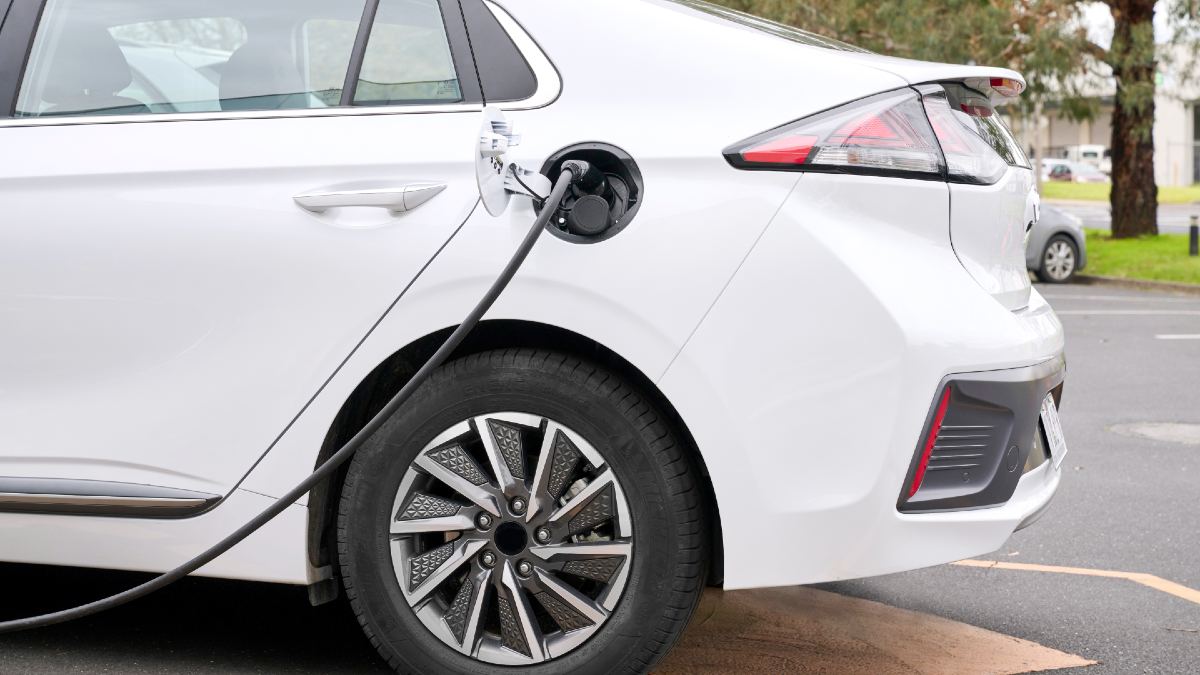
The AAA Program’s scope will expand with the release of its first electric vehicle results in 2025.
Australia’s Real-World Testing Program will expand to include electric vehicles
The AAA Program’s scope will next month expand with the release of its first electric vehicle results, checking the distance vehicles can travel on a single charge in real driving conditions.
“Range anxiety continues to be a significant barrier to EV uptake, and we hope these independent results will give Australian car-buyers far greater confidence about the real-world range of new EVs on the market," Bradley says.
More: The cheapest electric cars in Australia
Australia’s Real-World Testing Program for fuel efficiency
The AAA Real-World Testing Program is funded by the Commonwealth with bipartisan support and will test up to 200 of Australia’s most popular makes and models.
Its creation followed the Volkswagen scandal of 2015, which demonstrated that regulation of vehicle emissions incentivises carmakers to optimise laboratory performance. This means that laboratory results cannot be relied upon to replicate real-world performance, which can be misleading for consumers and regulators alike.
Independent, real-world data becomes increasingly important as pressure mounts on carmakers to reduce fuel consumption and emissions from their new vehicles and comply with the Federal Government’s New Vehicle Efficiency Standard which began on 1 July.
The Program tests cars on roads in and around Geelong. It uses strict test protocols to ensure fuel consumption and emissions results are repeatable and to minimise the influence of human factors such as driving style and changing traffic flows.
Before launching the Program, the AAA conducted more than 20 tests on its reference vehicle (a Toyota RAV4) with test protocols found to deliver results varying by less than 2.5 per cent.
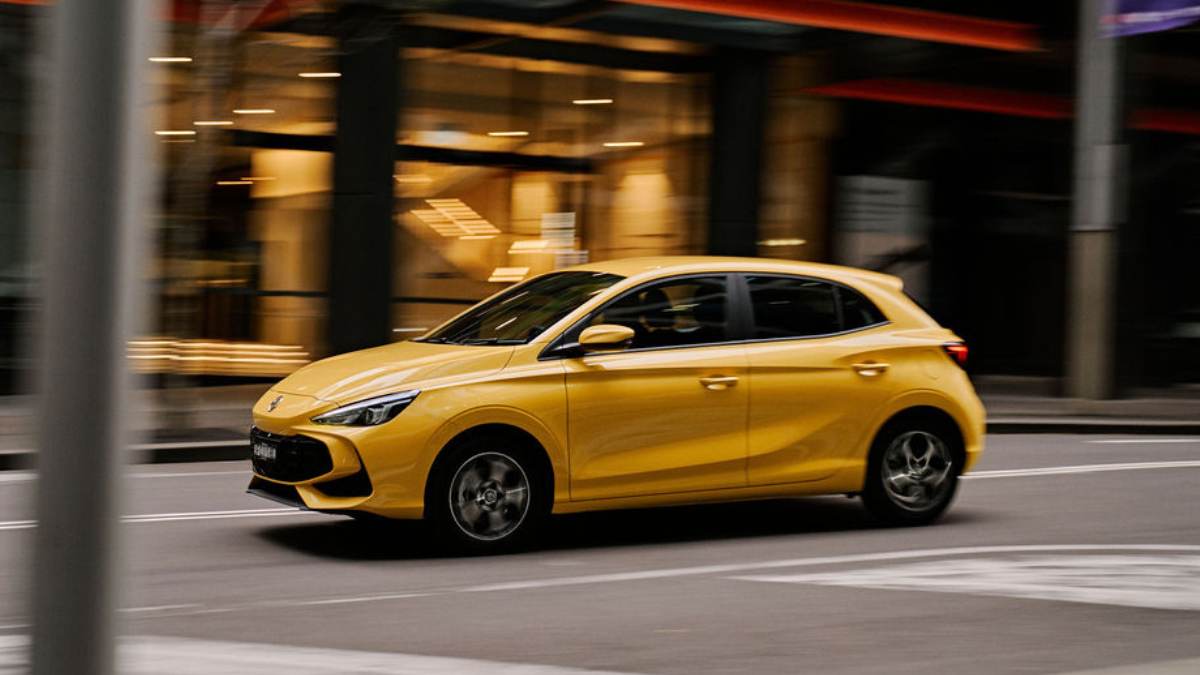
The AAA’s Real-World Testing Program found the MG3 consumed 12 per cent more fuel than advertised.
Small cars: Real-world fuel efficiency
Three small cars were tested in the latest round, with fuel consumption discrepancies found in the Mazda3, (+13%) and MG3 (+12%). See the table below for full details.
Earlier tests of popular models in this segment include the Mazda2, (+35%), Suzuki Swift Hybrid (+31%) and MG5 (+21%), as well as the Toyota Corolla 2.0-litre petrol (6.0L/100km, +3%), Mazda3 2.0-litre petrol (6.2L/100km, +3%) and MG3 1.5-litre petrol (7.9L/100km, +19%).
| Small cars | |||
|---|---|---|---|
|
Mazda3 |
6.6L/100km |
7.4L/100km |
+13% |
|
MG3 |
6.0L/100km |
6.7L/100km |
+12% |
|
Hyundai i30 Hybrid |
3.9L/100km |
4.6L/100km |
+17% |
Note: the higher the percentage number the worse the efficiency. Source: AAA Real-World Testing Program
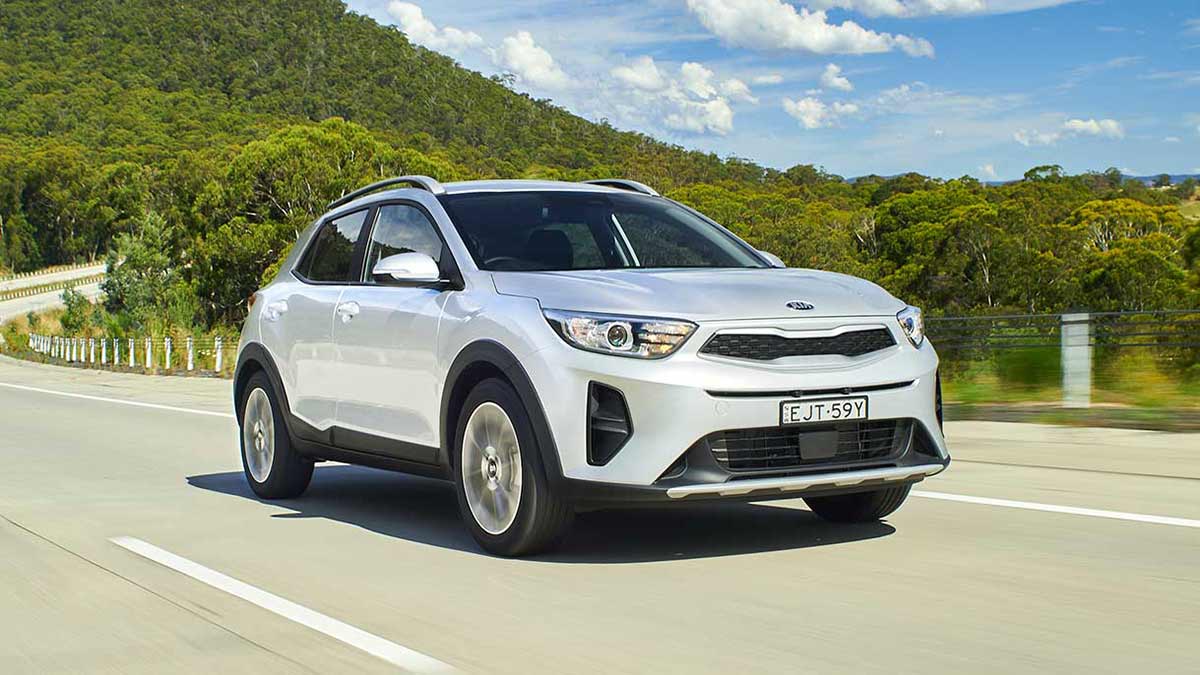
The Kia Stonic small SUV used 26 per cent more fuel than the mandated lab test, the AAA says.
Small SUVs: Real-world fuel efficiency
Eight small SUVs were tested in the latest round, with fuel consumption discrepancies found in seven vehicles.
Popular small SUVs tested in earlier rounds include the Kia Seltos 1.6-litre turbo-petrol (8.3L/100km, +12%), Hyundai Venue 1.6-litre petrol (7.3L/100km, +1%), Mazda CX-3 (6.8L/100km, +11%), Subaru Crosstrek (7.4L/100km, +2%), Volkswagen T-Roc (6.4L/100km, +1%) and GWM Haval Jolion Hybrid (6.6L/100km, +32%).
| Small SUVs | |||
|---|---|---|---|
|
Mazda CX-30 |
6.3/100km |
6.4L/100km |
+1% |
|
Mercedes-Benz GLA |
7.3L/100km |
7.4L/100km |
-2% |
|
Hyundai Kona Hybrid |
3.9L/100km |
5.2L/100km |
+33% |
|
Toyota Yaris Cross Hybrid |
4.0L/100km |
4.5L/100km |
+12% |
|
Kia Stonic |
5.4L/100km |
6.8L/100km |
+26% |
|
VW T-Cross |
5.6L/100km |
5.8L/100km |
+4% |
|
Suzuki Vitara |
5.9L/100km |
6.3L/100km |
+7% |
|
BMW X1 |
6.5L/100km |
6.7L/100km |
+4% |
Note: the higher the percentage number the worse the efficiency. Source: AAA Real-World Testing Program
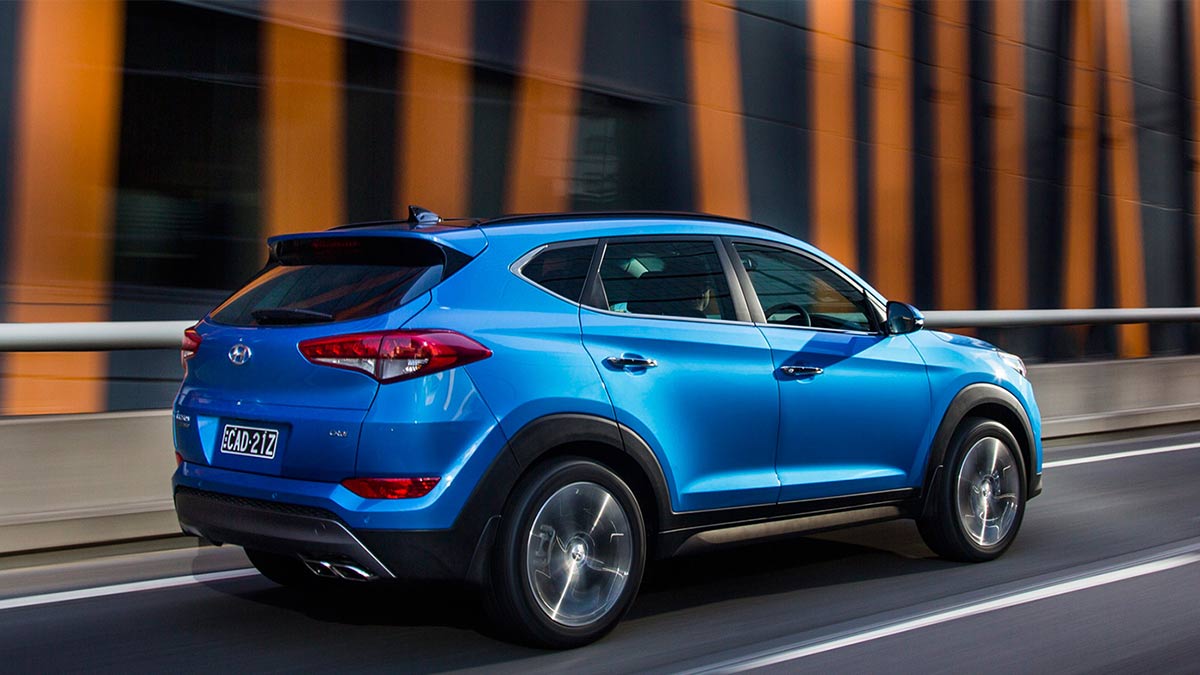
The Hyundai Tucson consumed 3 per cent more fuel than advertised, according to the AAA testing.
Medium cars and SUVs: Real-world fuel efficiency
One medium car, the Skoda Octavia, and eight medium SUVs were tested in this round (see results below).
Medium SUVs tested in earlier rounds include the Hyundai Tucson 2.0-litre petrol (7.9L/100km, -3%), Kia Sportage 2.0-litre petrol (8.3L/100km, +3%), Honda CR-V 1.5-litre turbo-petrol (8.1L/100km, +14%), MG HS 1.5-litre turbo-petrol (8.8L/100km, -8%) and Chery Omoda 5 1.5-litre turbo-petrol (9.1L/100km, +32%).
| Medium cars and SUVs | |||
|---|---|---|---|
|
Skoda Octavia |
5.8L/100km |
6.1L/100km |
+6% |
|
Hyundai Tucson Hybrid |
5.3L/100km |
5.7L/100km |
+8% |
|
Lexus NX350h |
5.0L/100km |
4.7L/100km |
-7% |
|
Nissan X-Trail Hybrid |
6.1L/100km |
6.7L/100km |
+9% |
|
Kia Sportage Hybrid |
4.9L/100km |
5.6L/100km |
+14% |
|
Hyundai Tucson |
6.7L/100km |
6.9L/100km |
+3% |
|
Mercedes-Benz GLB200 |
7.5L/100km |
7.6L/100km |
+1% |
|
Mercedes-Benz GLB250 |
7.9L/100km |
7.6L/100km |
-3% |
|
Mercedes-Benz GLB200 |
7.5L/100km |
7.4L/100km |
-1% |
Note: the higher the percentage number the worse the efficiency. Source: AAA Real-World Testing Program
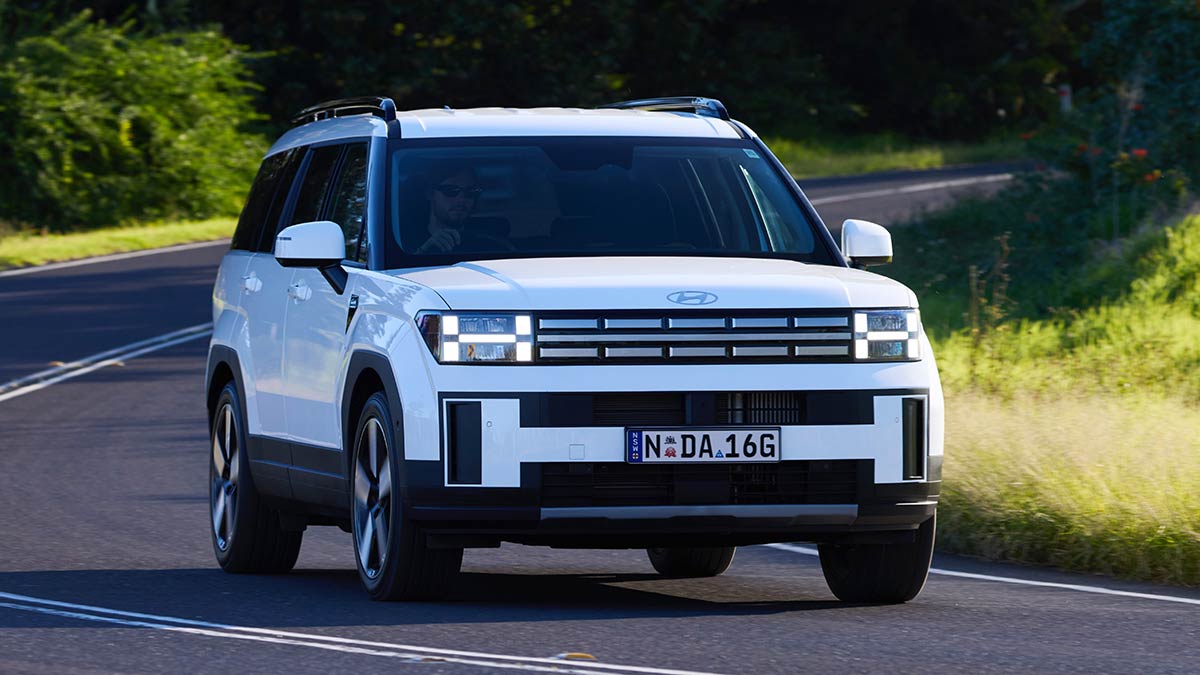
The Hyundai Sante Fe Hybrid large SUV used 10% more fuel than the mandated lab test, the AAA says
| Large SUVs | |||
|---|---|---|---|
|
Hyundai Santa Fe Hybrid |
5.6L/100km |
6.2L/100km |
+10% |
|
Toyota Fortuner |
7.6L/100km |
8.8L/100km |
+16% |
|
Toyota Prado |
7.6L/100km |
8.2L/100km |
+8% |
|
Mercedes-Benz GLE300d |
6.6L/100km |
6.9L/100km |
+4% |
|
Chery Tiggo 8 Pro Max |
8.1L/100km |
8.4L/100km |
+3% |
| People mover | |||
|---|---|---|---|
|
Hyundai Staria |
10.5/100km |
10.6L/100km |
+1% |
Note: the higher the percentage number the worse the efficiency. Source: AAA Real-World Testing Program
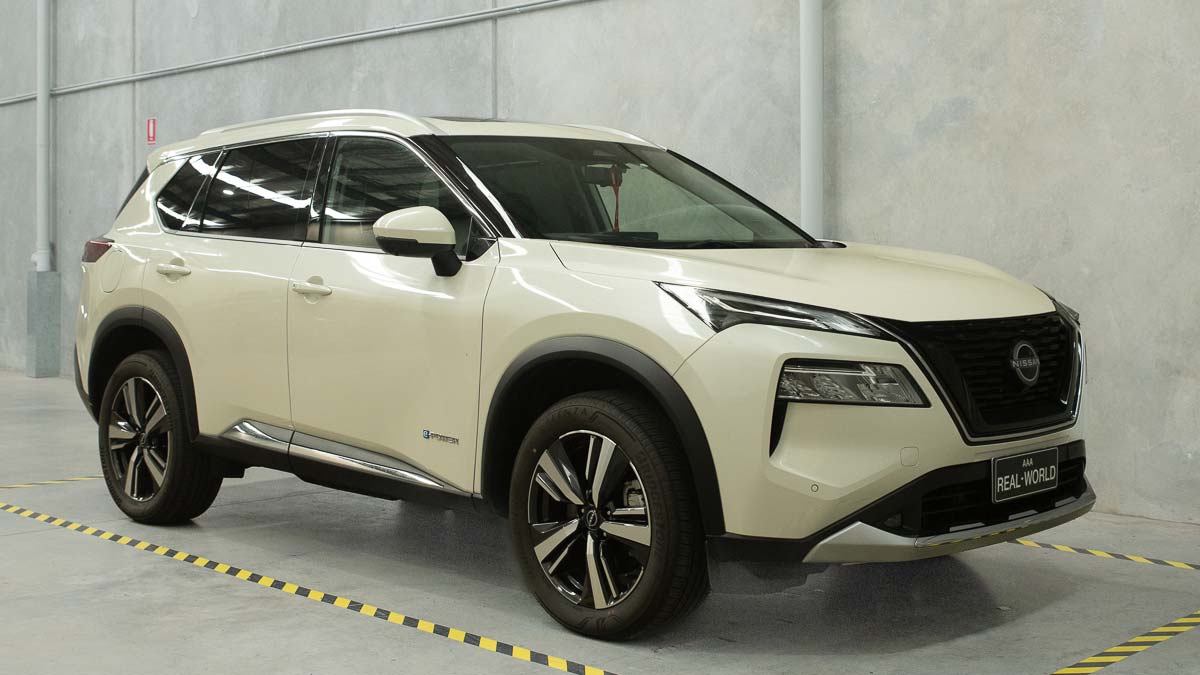
The Nissan X-Trail e-Power used 9 per cent more fuel than the mandated lab test, the AAA says.
| Ute | |||
|---|---|---|---|
|
Ford Ranger |
8.4/100km |
8.9L/100km |
+6% |
| Vans | |||
|---|---|---|---|
|
Toyota Hi-Ace LWB |
7.9/100km |
8.7L/100km |
+10% |
|
Toyota Hi-Ace SLWB |
8.1L/100km |
9.0L/100km |
+11% |
|
Ford Transit Custom |
8.0L/100km |
7.2L/100km |
-9% |
Note: the higher the percentage number the worse the efficiency. Source: AAA Real-World Testing Program
The information provided is general advice only. Before making any decisions please consider your own circumstances and the Product Disclosure Statement and Target Market Determinations. For copies, visit racv.com.au. As distributor, RACV Insurance Services Pty Ltd AFS Licence No. 230039 receives commission for each policy sold or renewed. Product(s) issued by Insurance Manufacturers of Australia Pty Ltd ABN 93 004 208 084 AFS Licence No. 227678.


